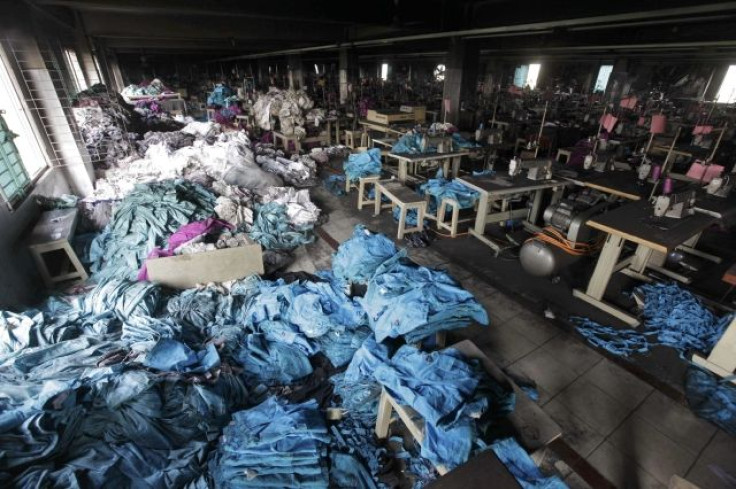Bangladeshi Engineers Survey 70 Garment Factories; They Find Serious Problems In Six Of Them

A sample of 70 ready-made Bangladeshi garment factories surveyed by a group of local civil engineers found two of the factories needed to be closed immediately due to major structural concerns while four others were in immediate critical need of further structural analyses. Six of them were found to have no structural deficiencies while 58 of them were deemed to have minor “deviations or faults.”
The results of this survey suggest that hundreds of garment factories in the country are potential death traps, including ones that need to be condemned immediately and others that need immediate attention to avert fatal collapses.
"We've advised the owners of four buildings to conduct detailed structural analysis immediately to avoid any disaster," Mohammad Mujibur Rahman, head of the surveying team from the Bangladesh University of Engineering and Technology told Siddique Islam, the local correspondent for the global garment industry news site just-style.com.
The report comes after a string of textile factory accidents in the world’s second-largest exporter of off-the-rack clothing sold by major retailers, such as Hennes & Mauritz AB (STO:HM-B), Wal-Mart Stores Inc. (NYSE:WMT) and The Gap Inc. (NYSE:GPS). The most notable incident, the Savar building collapse in Dhaka on April 24, which killed over 1,100 workers and injured about 2,500 others, led to renewed calls for more private-sector involvement in improving the country’s workplace safety.
The two facilities found by the survey team to be immediate potential death traps were identified as one factory and one multi-purpose commercial building housing a textile manufacturing unit, both in the capital city of Dhaka. The group said they have received 300 requests from garment factories seeking structural inspections, but other factory owners are refusing them access.
According to the engineers report, there are 3,600 facilities affiliated with the Bangladesh Garment Manufacturers and Exporters Association, the leading advocate for the country’s primary source of revenue. The survey results suggest that hundreds of these facilities are either death traps or in dire need of immediate inspection and only a small number of them are free of any faults.
News of the report comes three days after 17 major U.S. retailers announced an initiative to have all the factories they buy garments from inspected within a year. The so-called Alliance for Bangladesh Worker Safety commits $42 million to improve workplace safety and $100 million in loans to factory owners to improve safety. The alliance is led by some of the largest North American buyers of Bangladeshi garments, including The Gap, Walmart, J.C. Penney Company, Inc. (NYSE:JCP), Target Corporation (NYSE:TGT) and Macy's, Inc. (NYSE:M).
This initiative from North American retailers differs from the Accord on Fire and Building Safety in Bangladesh, an effort lead by 70 mostly European retailers to inspect factories within nine months and “to insure that sufficient funds are available to pay for renovations and other safety improvements.” Retailers would pay into the fund proportionately to the volume of goods they buy from the sector. They will also make public the specific factories they utilize and the results of their inspection reports, a feature the North American initiative lacks.
The number of signatories to the European initiative has rise to more than 70, but only five are based in the United States. The private sector initiatives might be a step in the right direction, but most labor rights groups estimate that the total cost of putting Bangladesh’s garment factories up to developed-country standards will be in the billions of dollars.
How that capital can be raised in an impoverished manufacturing country like Bangladesh, without raising costs to North American and European consumers and/or reducing investors' returns, is a question that remains unanswered.
© Copyright IBTimes 2024. All rights reserved.












